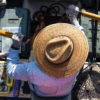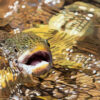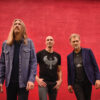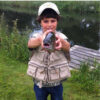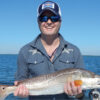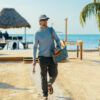A Virginian Gets Birdy in Wild South Dakota
This wasn’t exactly my first rodeo, and I recognized good hunt country when I saw it. I scanned the open expanse of horizon and felt my excitement build as I studied the varied covers, food plots, windbreaks, hedgerows and cattails. Then I smiled in appreciation of the dogs. They seemed to anticipate our first morning’s action with a nervous energy that exceeded mine—the Brittanys were pros, and I was new to hunting wild pheasant.
My journey to the “Heart of Pheasant Country” began after I received a call from my longtime hunting buddy Lee Baskerville.
“Do you want to go hunting for wild pheasant in South Dakota?” was all Baskerville had to ask.
Four of our friends had booked a trip there, but a last-minute cancellation freed up an open slot. I scrambled to get permission from the home office and searched the internet for a roundtrip plane ticket to Aberdeen, the third most populous city in the state after Sioux Falls and Rapid City.
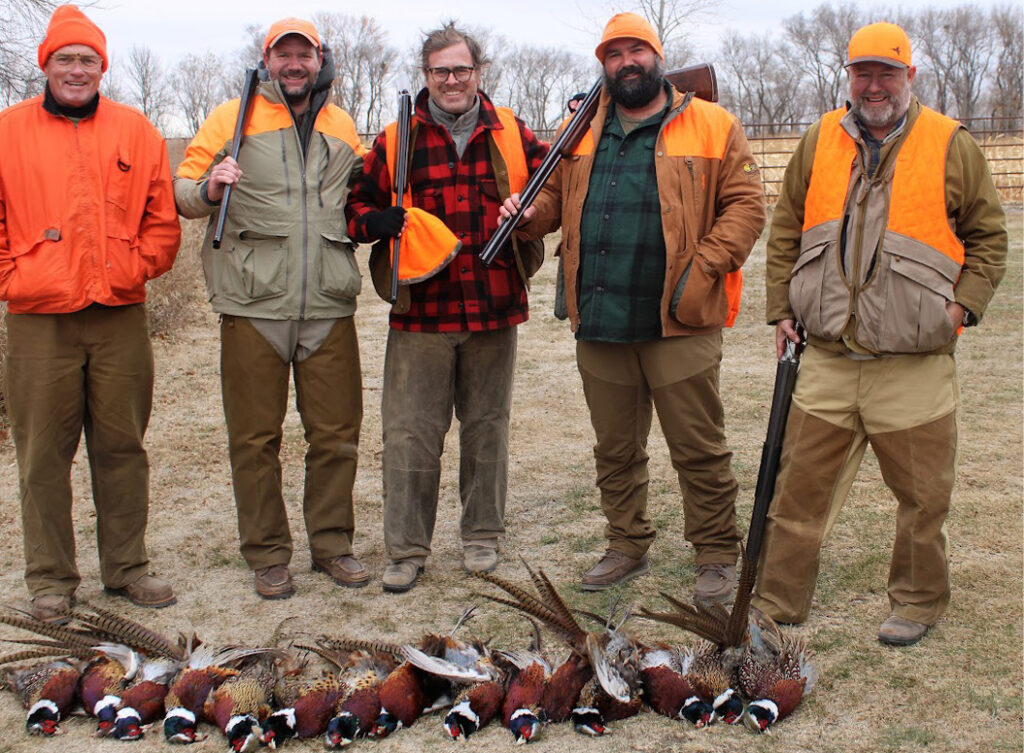
Forty-eight hours later, I found myself on a large crop farm east of Frederick. Baskerville and I were short handed because our two South African friends were scheduled to arrive later that evening. Ron Ausman, a retired marine and master of the Okaw Valley Foot Bassetts, joined us in the meantime, so I figured we’d do fine. He’s a former member of the United States Marine Corps Shooting Team and has broken more than 100,000 registered skeet targets.
We began our first day by drawing a food plot. John Jensen, our host and guide, let his Brittanys go to work. Jensen and his wife Cathi own Maple River Pheasant Hunting in Frederick and have been breeding Brittanys since 1981, all from the Maverick line.
The couple opened Maple River in 2006 after they retired from public education. Seventeen years later, their success is reflected in a full calendar hosting hunters from more than 25 states. According to the Jensens, 90% of guests return each year to enjoy exceptional sport and warm hospitality. Maple River offers full-service room and board, and that suited us well.
Working the cover hard, it didn’t take long before Jensen’s dogs got birdy. Suddenly I heard the flutter of wings over a distinct cackle, and a rooster flew up on my left. My first shot went wide. I took a moment to collect myself. Then I took what I thought was a good second shot, and the bird flew into a hedgerow.
We were confident we had our first bird but were surprised when the rooster flushed again as a Brittany moved in to retrieve it. I believed my second shot hit its mark, but all the evidence suggested otherwise. We continued our drive and took more birds before drawing a windbreak next to the food plot.
After flushing more birds, we only dropped one as the others flew beyond shooting range. One rooster flushed hard and quickly darted away, abetted by a strong tail wind. But Mother Nature couldn’t help its plight, and Ausman took the rooster down with a single shot. We walked back to the trucks, and the dogs unexpectedly went on point. The bird did not flush, and we discovered it was the bird I shot at the beginning of our first drive.
We flushed birds in abundance. During our final drive, we hunted in thick cattails alongside a large slough. The cattails held plenty of birds but required the dogs to work hard. They finally retrieved a rooster Baskerville took with a beautiful and long crossing shot. Undaunted, they persevered and found his bird.
With one pheasant left to fill our daily limit, a rooster flushed near the edge of the cattails. Pure instinct took over. I raised my Parker to my shoulder, and the bird tumbled from the sky. We reached our limit and the end to a fine first day.
Wessel and Josephus Fourie—our old hunting friends from South Africa who now live in Upstate New York—joined us in the field, and our day began as a hunting party of five. We knew we’d be more effective with two extra shooters because we could position blockers at the end of covers to curtail the birds’ abilities to run.
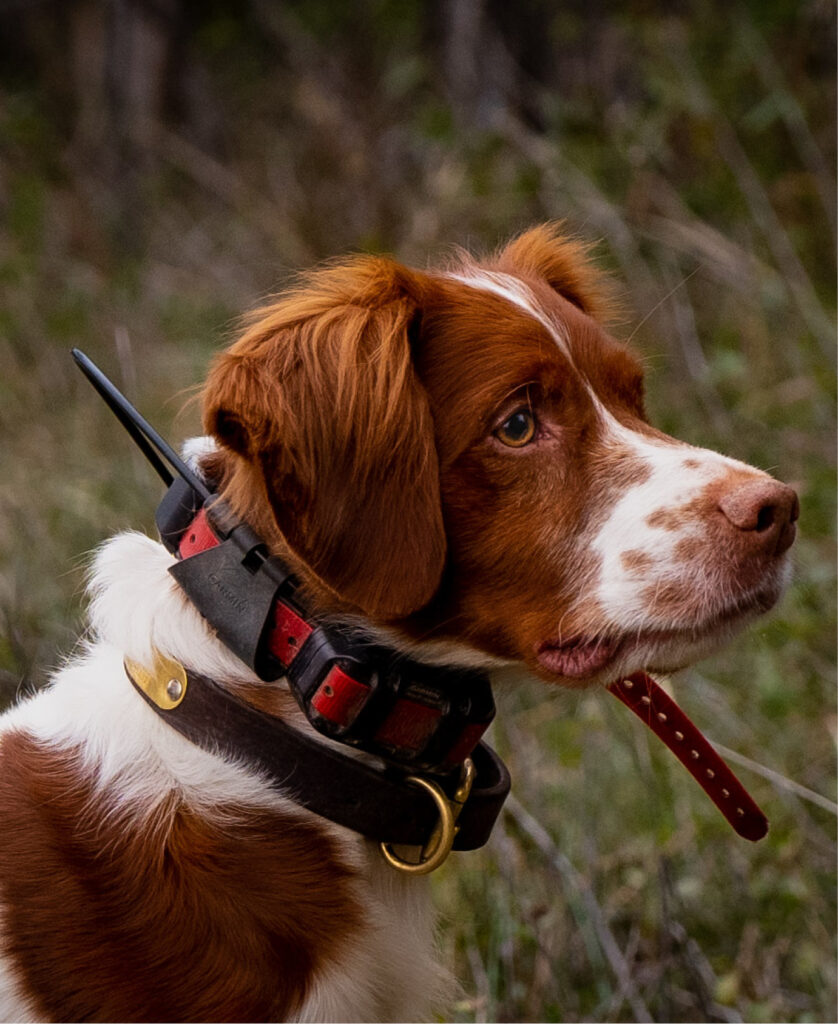
Temperatures dropped and the wind howled, but the flurry of pheasant kept us warm. Gusts stirred up the birds and provided us with good shooting opportunities.
New to hunting wild pheasant, I quickly learned—at times, the hard way—to be ready for a flush at any moment. Luckily, my fellow hunters made quick work of dispatching roosters. Our group gelled quickly, keeping consistent spacing with critical safe-shot windows. This allowed that magical combination to appear in which everyone experienced a relaxing, yet effective hunt.
At midday we welcomed a break from the winds in a farmer’s spacious barn. We enjoyed a warm and delicious pheasant and wild rice stew prepared by Cathi Jensen. Replenished and rested, we set out to see if we could take three more birds and fill our limit for the day.
It didn’t take long for us to bag two more as we worked the corn and cattails near a large marsh. Watching the Brittanys quarter back and forth, framed by the seemingly endless prairie, we relished our small but critical role in this timeless ritual. Soon, we heard a familiar cackle and the echoing report of a well-placed shot; Wessel Fourie dispatched a hard-flushing rooster to reach our limit.
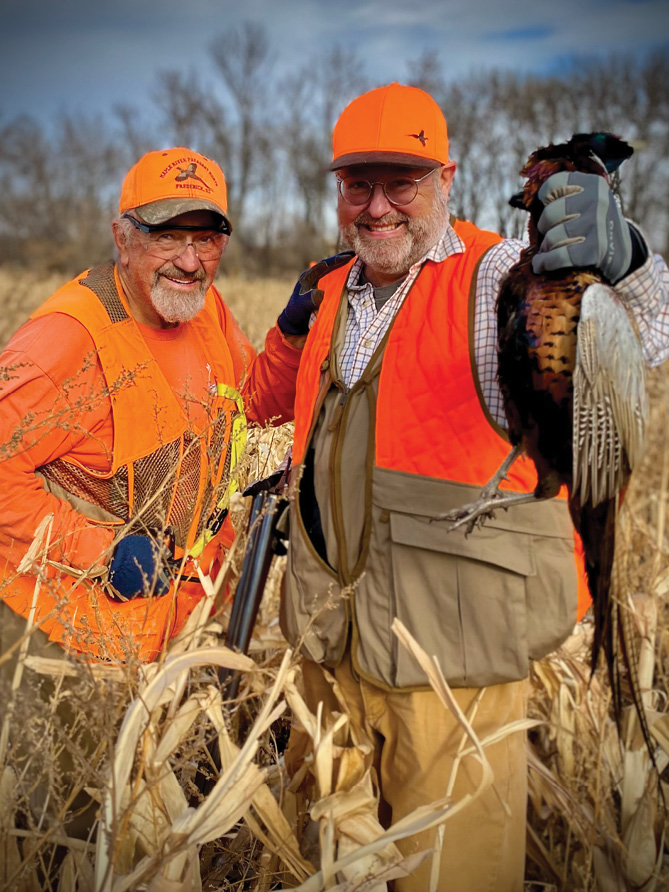
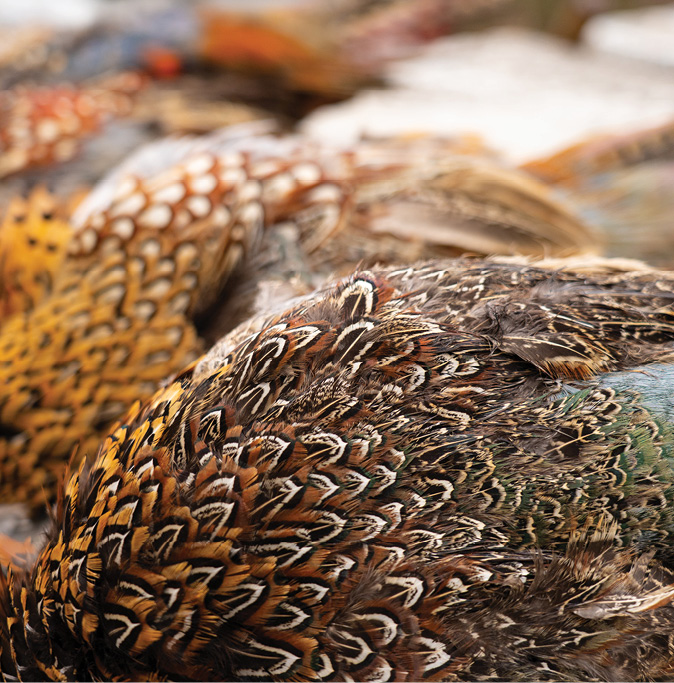
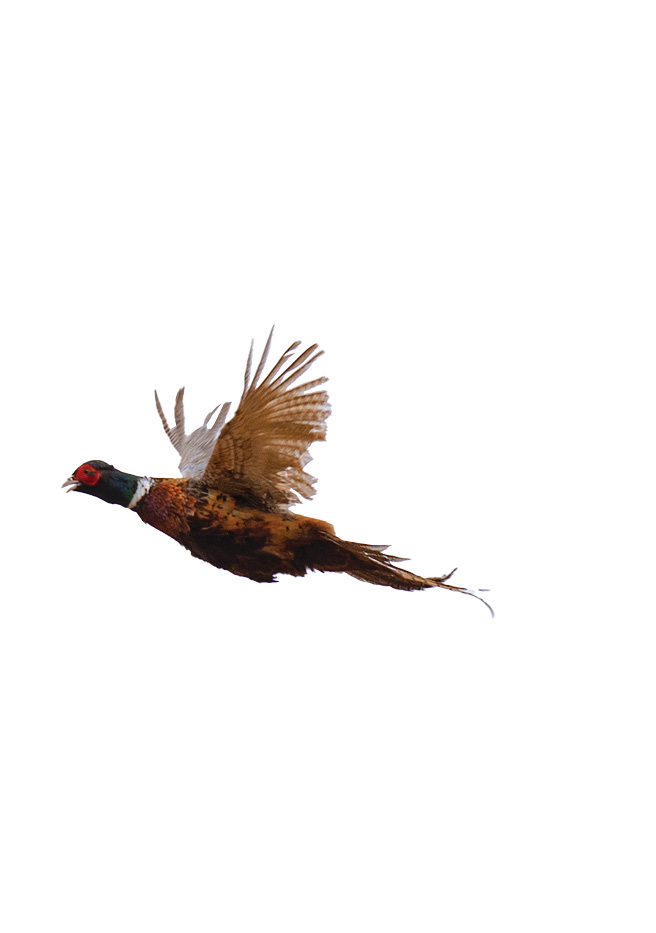
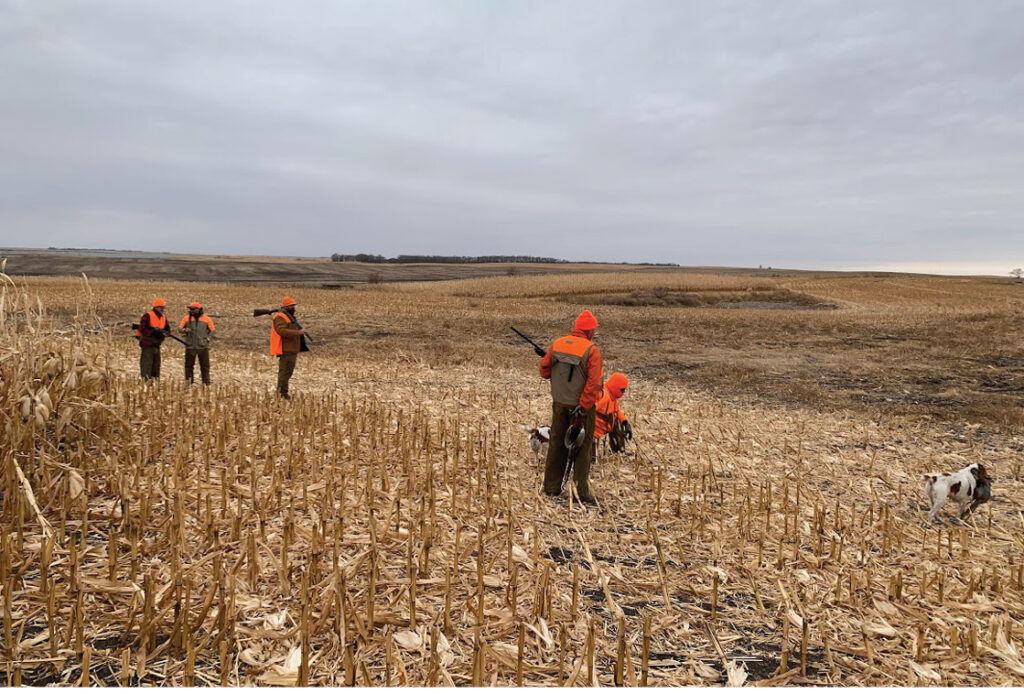
The next day, guided by Cathi Jensen, we headed west of Frederick. I found it remarkable how the topography changed with more rolling hills and cattle operations. After a slow first draw, we took roosters regularly and the dogs worked brilliantly. At one point, they flushed a rooster that was hiding in ground cover near the edge of a shelter belt. The bird was a step ahead of one dog that got a mouthful of tail feathers before the rooster fell in the grass a short distance ahead. Another rooster flushed so high above Josephus Flourie’s head that it seemed as though he was headed into orbit, but Flourie’s Browning brought any ambitions of space flight to a swift end.
Within one bird of our limit, we chose to work a stand of corn east of the shelter belt. While we didn’t put any roosters up right away, we remained alert. The Brittanys quartered through the corn, and the open horizon stretched out before us. I wanted to bottle the sensation to keep it forever.
Then the cry “rooster” and the furious flailing of wings instantly brought me back to reality. Our final bird fell just before lunch, marking a fine and fitting finish to our wild South Dakota adventure.
Later that evening, I watched Ausman and Josephus Flourie pluck and clean pheasant for dinner. It was a privilege seeing an old friend with whom I’d spent wonderful days afield in South Africa prepping birds with a new friend. Comfortable banter. Two hunters cleaning wild game after a day’s hunt. It’s a ritual as old as humanity itself. It was wild.
Don Skelly is an avid sportsman who lives in Charlottesville, Va. This is his first contribution to The Virginia Sportsman.







